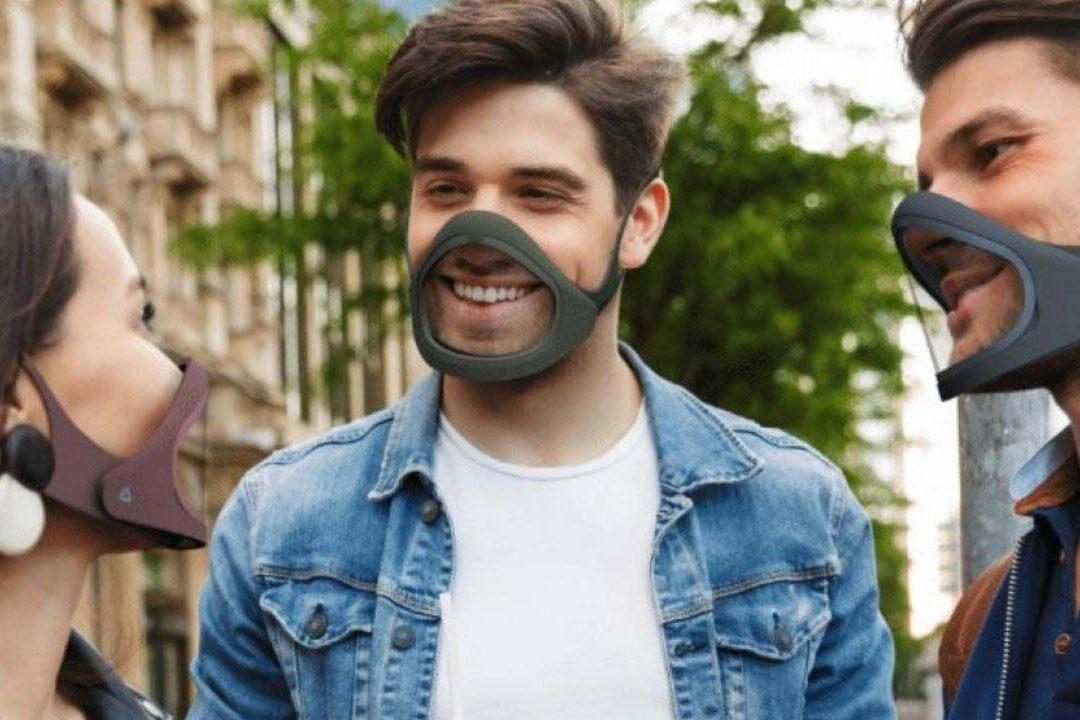The arrival of Covid-19 makes inclusion tasks and the access to information and communication even harder for people with hearing loss. Now, seven months after the proclamation of state of alarm, we take stoke of the different communication barriers people with hearing loss have faced and are still tackling nowadays.
Masks usage and deaf people
One of the main difficulties people with hearing loss face is the masks that, in addition to 2 meters social distance, adversely affect the fluidity of communication.
The use of masks as a personal protective equipment against the pandemic has become an added difficulty for people who suffer from deafness, who rely on lip reading in order to communicate themselves. But not only this, but also masks make communication in sign language more difficult, as facial expression is needed in order to complement hand gesturing.
Masks standardisation
Several associations, among them FIAPAS or AG Bell International, have asked for a standardisation of transparent masks for hearing accessibility. Given the individual initiatives proliferation for its production, it would be necessary a standardisation for verifying that these masks do not jeopardise the safety and keep preventing infections.

This request for removing barriers of deaf people or with hearing impairment is in addition to more than 80,000 signs collected through Change.org. Marcos Lechet handed the signs to the Ministry of Health claiming for this standardisation.
Other communication barriers
Deaf community has focused on claiming other communication difficulties that are living because of the pandemic, like the usage of fixed protective screens installed in some stores, in order to adapt the businesses to the actual crisis situation facing Covid-19, that block both sounds.
Organisations as the Estate Confederation of Deaf People (Confederación Estatal de Personas Sordas (CNSE)) and the Cochlear Implanted Association of Spain (Asociación de implantados Cocleares de España (AICE)) promote subtitled videos, use of applications that turns voice into text and that administrations and public spaces provide sign language interpreters. Since at the beginning of the pandemic, institutional press conferences had no sign language translator and telephone assistance for informing about symptoms or talking to a doctor was neither adapted.

This pandemic is characterised by the social isolation that is living the whole society and is starting to have implications for everyone.
People with hearing disabilities, moreover, have to face barriers for achieving inclusion and reaching a real hearing accessibility.
What has been your experience adapting to the new safety measures with hearing loss? We look forward to reading your comments; share your experience with us!

Leave a Reply